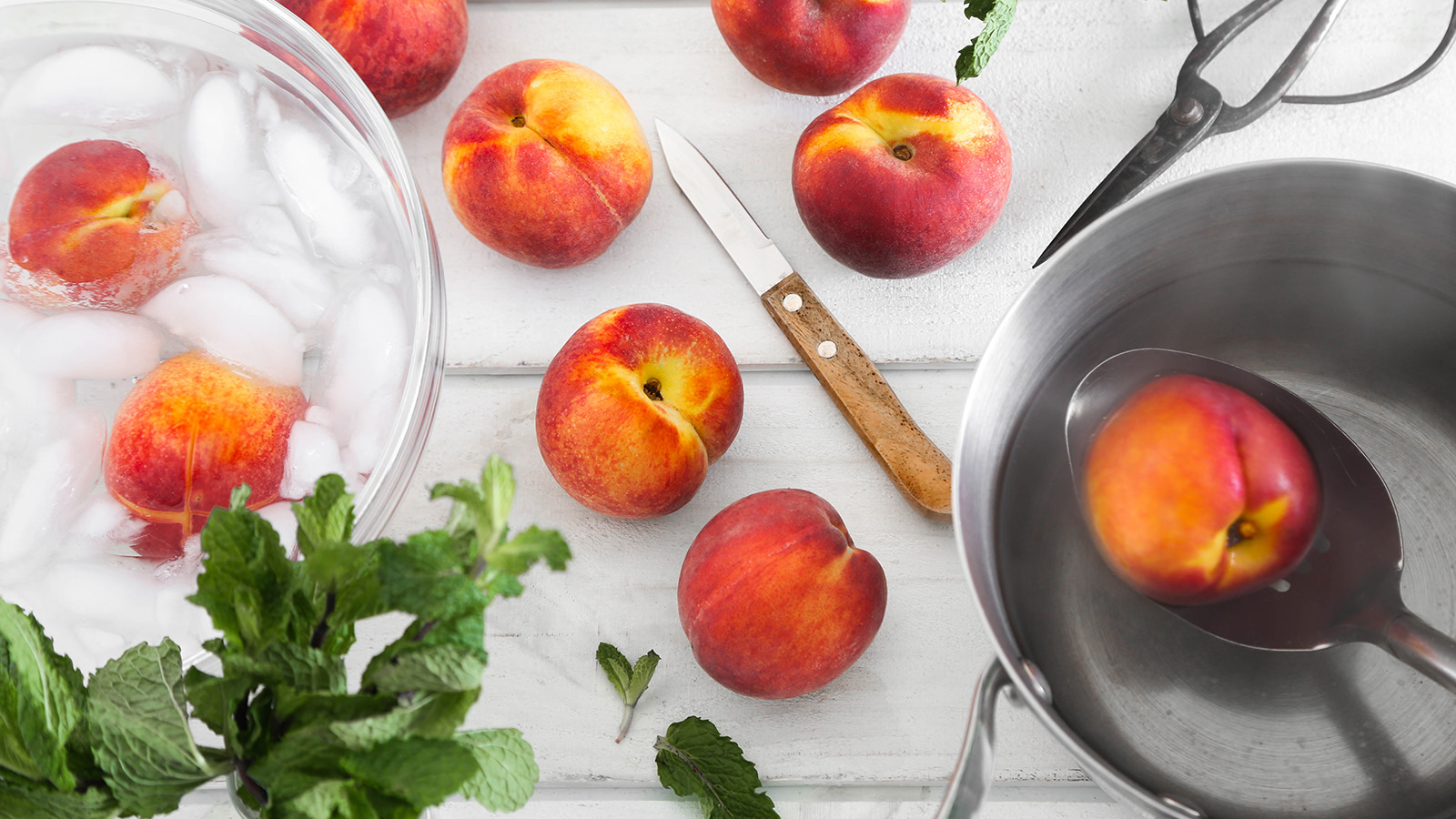Authentic Injera (aka Ethiopian Flat Bread)

- Ready In:
- 72hrs 10mins
- Ingredients:
- 4
- Serves:
-
12
ingredients
directions
- Mix ground teff with the water and let stand in a bowl covered with a dish towel at room temperature until it bubbles and has turned sour; This may take as long as 3 days, although I had success with an overnight fermentation; The fermenting mixture should be the consistency of a very thin pancake batter.
- Stir in the salt, a little at a time, until you can barely detect its taste.
- Lightly oil an 8 or 9 inch skillet (or a larger one if you like); Heat over medium heat.
- Pour in enough batter to cover the bottom of the skillet; About 1/4 cup will make a thin pancake covering the surface of an 8 inch skillet if you spread the batter around immediately by turning and rotating the skillet in the air; This is the classic French method for very thin crepes; Injera is not supposed to be paper thin so you should use a bit more batter than you would for crepes, but less than you would for a flapjack pancakes.
- Cook briefly, until holes form in the injera and the edges lift from the pan; Do not let it brown, and don't flip it over as it is only supposed to be cooked on one side.
- Remove and let cool. Place plastic wrap or foil between successive pieces so they don't stick together.
- To serve, lay one injera on a plate and ladle your chosen dishes on top (e.g., a lovely doro wat or alicha). Serve additional injera on the side. Guests can be instructed to eat their meal without utensils, instead using the injera to scoop up their food.
Questions & Replies
Got a question?
Share it with the community!
Reviews
-
To those who failed with the recipe as written, all I can say is that you did it wrong. This recipe is absolutely authentic (except for he addition of salt and oiling the pan...neither addition makes a true injera ). <br/>The fermentation is key to the flavor, and an adequately hot and well seasoned pan (or if you aren't worried about the the health concerns, a teflon pan) is all you need. Also, as someone earlier pointed out, it takes a while to firm up so don't be in a hurry to try and remove it from the pan. It may seem slightly dry when you finally do, but after it sits it will achieve the proper spongy texture.
-
I tried this several times and got pasty wet bread until I looked around at other recipes and realized that most of them tell you to cover the injera to steam it for 30 seconds. That made all the difference in the world! Suddenly my flatbread was not sticking to the pan, did not fall apart and was flexible enough to roll up!
-
I used whole grain teff. It was a very, very healthy tasting injera. I like that though. <br/><br/>Troubleshooting tip: a friend of mine tried to make this, but she thought that leaving it with just a cloth over it would be unsanitary, so she lidded the jar. Don't do that. The wild fungi yeasties need to get in. If you cover it, you won't get any fermentation and it will just lay there like a puddle of paste in the pan when you cook it. <br/><br/>Even worse, if you cover it tightly, you risk yeast not creating a harsh environment for other microbes so the bubbling, if present, might not be yeast fermentation.
see 18 more reviews
RECIPE SUBMITTED BY
Heather U.
United States
My husband, 10-year-old son, and I live in the Greater Boston area. I love to cook, and spend tons of time drooling over recipes.




